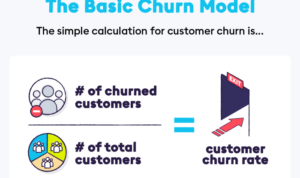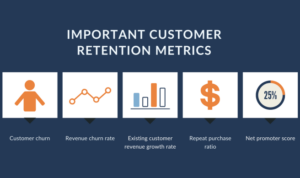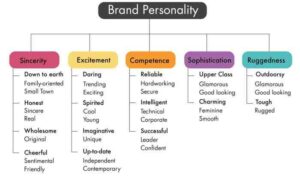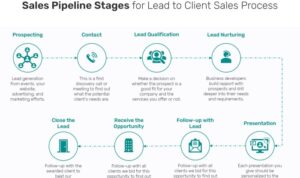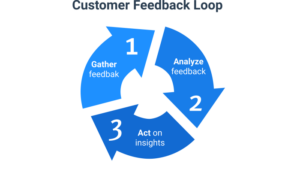Project Management Techniques set the foundation for successful project execution, allowing teams to navigate challenges and achieve goals efficiently. From traditional methods to modern approaches, this comprehensive guide explores the key strategies essential for project management success.
Overview of Project Management Techniques
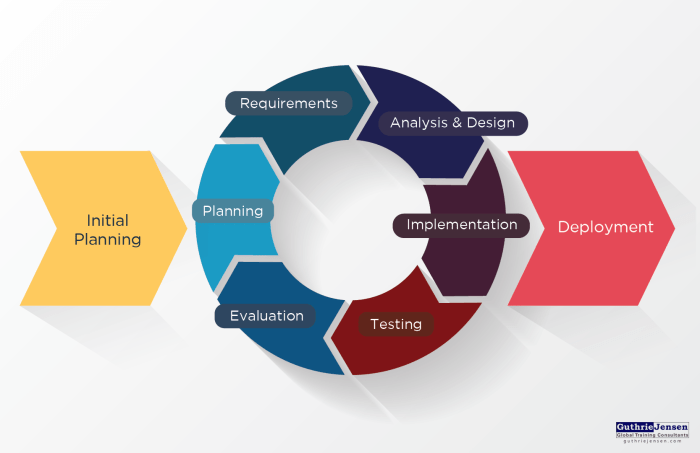
Project management techniques are strategies and methods used to plan, execute, monitor, and control projects effectively. These techniques play a crucial role in ensuring that projects are completed on time, within budget, and meet quality standards. By utilizing project management techniques, project managers can streamline processes, allocate resources efficiently, mitigate risks, and communicate effectively with stakeholders.
Commonly Used Project Management Techniques
- The Critical Path Method (CPM): A technique used to identify the longest sequence of dependent activities in a project, determining the shortest possible duration for project completion.
- PERT (Program Evaluation and Review Technique): A method for analyzing and representing the tasks involved in completing a project, estimating the time required for each task, and identifying the critical path.
- Agile Methodology: An iterative approach to project management that emphasizes flexibility, collaboration, and continuous improvement throughout the project lifecycle.
- Scrum: A framework within the Agile methodology that focuses on delivering value incrementally, with regular feedback and adaptation to changes.
Significance of Project Management Techniques
Project management techniques contribute to project success by providing a structured framework for planning, organizing, and executing tasks. These techniques help in setting realistic goals, managing resources efficiently, identifying potential risks, and ensuring effective communication among team members. By utilizing project management techniques, project managers can enhance productivity, minimize delays, and deliver high-quality results that meet stakeholders’ expectations.
Traditional Project Management Techniques
Traditional project management techniques have been the foundation of project planning and execution for many years. These techniques provide a structured approach to managing projects, ensuring that tasks are completed on time and within budget. Some of the most commonly used traditional project management techniques include Gantt charts, Critical Path Method (CPM), and PERT charts.
Gantt Charts
Gantt charts are visual representations of project schedules that show tasks, milestones, and dependencies over time. They provide a clear overview of the project timeline, helping project managers allocate resources efficiently and track progress.
Critical Path Method (CPM)
The Critical Path Method (CPM) is a project management technique used to identify the longest sequence of dependent tasks that determine the overall duration of the project. By focusing on the critical path, project managers can prioritize tasks and ensure that the project is completed on time.
PERT Charts
Program Evaluation and Review Technique (PERT) charts are similar to Gantt charts but focus on analyzing the time needed to complete each task in a project. PERT charts use three time estimates for each task (optimistic, pessimistic, and most likely) to calculate the expected time for project completion.
Overall, traditional project management techniques like Gantt charts, CPM, and PERT charts provide a solid framework for planning and executing projects. However, they may have limitations when it comes to handling complex and dynamic projects. Modern approaches, such as Agile and Scrum, offer more flexibility and adaptability to changing project requirements.
Pros of Traditional Project Management Techniques:
– Clear structure and timeline for project tasks
– Helps in resource allocation and tracking progress
– Well-established and widely understood in the industry
Cons of Traditional Project Management Techniques:
– May not be suitable for dynamic and rapidly changing projects
– Less flexibility compared to modern approaches like Agile
– Dependency on accurate estimations for task durations
Agile Project Management Techniques
Agile project management is a modern approach that focuses on iterative development, flexibility, and customer collaboration. The key principles of Agile include responding to change over following a plan, delivering working software frequently, collaborating with customers throughout the project, and valuing individuals and interactions over processes and tools.
Popular Agile Methodologies
- Scrum: Scrum is a framework that emphasizes teamwork, accountability, and iterative progress. It involves breaking down work into manageable tasks and holding regular meetings to track progress.
- Kanban: Kanban is a visual system for managing work as it moves through a process. It focuses on limiting work in progress to improve efficiency and delivery speed.
- Lean: Lean principles aim to eliminate waste and maximize value for the customer. It involves continuous improvement and a focus on delivering what the customer needs.
Real-World Examples
One successful project managed using Agile techniques is the development of the Spotify music streaming service. Spotify’s teams work in an Agile manner, allowing them to quickly adapt to changes in the music industry and continuously deliver new features to users.
Risk Management in Project Management Techniques
Risk management is a crucial aspect of project management as it allows teams to identify, assess, and mitigate potential risks that could impact the successful completion of a project. By proactively addressing risks, project managers can minimize the likelihood of project delays, cost overruns, or failure.
Importance of Risk Management
Effective risk management involves identifying potential risks, analyzing their impact and likelihood, and developing strategies to address or mitigate them. Tools such as risk registers, risk matrices, and risk response plans are commonly used to manage risks throughout the project lifecycle. By incorporating risk management into project planning and execution, teams can enhance project success rates and minimize negative impacts.
Strategies and Tools for Risk Management
- Regular risk assessments: Conducting regular assessments to identify new risks and reassess existing ones.
- Risk registers: Maintaining a detailed log of identified risks, including their potential impact, likelihood, and proposed response strategies.
- Risk matrices: Using matrices to prioritize risks based on their impact and likelihood, allowing teams to focus on high-priority risks.
- Risk response plans: Developing detailed plans to address identified risks, including contingency plans and mitigation strategies.
Examples of Risk Management Success
- During the construction of a new office building, the project team identified a risk of material delays due to supply chain issues. By proactively working with alternative suppliers and adjusting the project schedule, the team was able to prevent delays and ensure the project was completed on time.
- In a software development project, the team identified a risk of scope creep leading to project delays and increased costs. By implementing strict change control processes and regular stakeholder communication, the team successfully managed scope changes and delivered the project within budget and timeline.
Communication Techniques in Project Management: Project Management Techniques
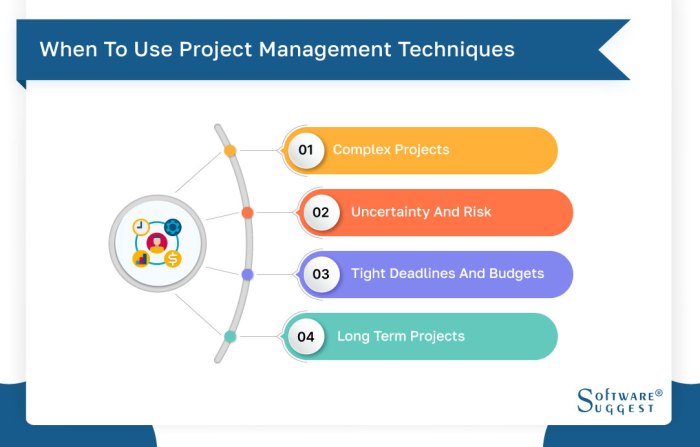
Effective communication plays a crucial role in project management as it ensures clarity, alignment, and collaboration among team members. Poor communication can lead to misunderstandings, delays, and conflicts, ultimately impacting project outcomes and team dynamics.
Different Communication Techniques
- Regular Meetings: Scheduled meetings provide a platform for team members to discuss progress, challenges, and action items.
- Clear Documentation: Documenting project requirements, updates, and decisions helps in keeping everyone on the same page.
- Feedback Sessions: Providing and receiving feedback helps in improving processes and addressing any issues promptly.
- Use of Technology: Utilizing project management tools and communication platforms enhances collaboration and information sharing.
- Status Reports: Regular status reports enable stakeholders to track progress and identify any potential risks or roadblocks.
Impact of Poor Communication
Poor communication in project management can lead to:
- Missed Deadlines: Confusion or lack of clarity can result in missed deadlines and project delays.
- Quality Issues: Inadequate communication may lead to misunderstandings, affecting the quality of deliverables.
- Team Conflicts: Miscommunication can create tensions and conflicts among team members, hampering collaboration.
- Stakeholder Dissatisfaction: Lack of clear communication with stakeholders can result in dissatisfaction and mistrust.
Project Management Tools and Software
When it comes to managing projects efficiently, using the right tools and software can make a huge difference. These tools help in organizing tasks, tracking progress, and improving collaboration among team members.
Popular Project Management Tools
- Trello: Trello is a popular project management tool known for its visual approach to project organization. It allows users to create boards, lists, and cards to track tasks and collaborate with team members.
- Asana: Asana is a versatile project management tool that offers features like task assignment, due dates, and project timelines. It also includes communication tools to streamline collaboration.
- Jira: Jira is widely used in software development projects for issue tracking and project management. It offers advanced features for agile teams, such as sprint planning and backlog management.
- Microsoft Project: Microsoft Project is a comprehensive project management software that allows users to create project plans, track progress, and manage resources effectively. It is suitable for large-scale projects with complex requirements.
Benefits of Using Project Management Tools
Using project management tools offers several benefits for project teams:
- Improved task organization and prioritization
- Enhanced collaboration and communication among team members
- Efficient tracking of project progress and milestones
- Resource allocation and management optimization
- Streamlined project planning and scheduling
